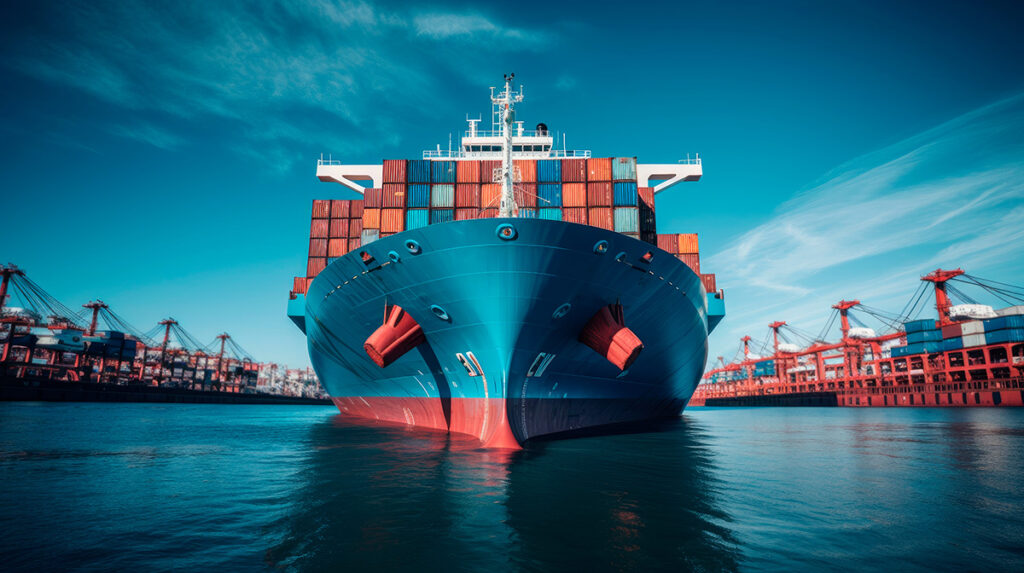
Today, President Donald Trump is expected to announce sweeping tariffs on goods from Mexico, Canada, and China. This policy move could have significant consequences across various industries, including the golf cart market. To understand these changes, we must first explore tariffs, how they function, and what impact they could have on pricing.
What Are Tariffs and How Do They Work?
A tariff is a tax or duty a government imposes on imported goods. The primary goal of tariffs is to protect domestic industries by making foreign products more expensive and encouraging consumers to buy locally-made goods. When foreign goods are taxed, higher prices often pass the additional cost to businesses and consumers. While tariffs can stimulate domestic production, they can lead to price increases, supply chain disruptions, and trade disputes.
President Trump’s tariffs target key trade partners like China, which supplies a significant share of imported goods, including golf carts and their components. As we await the exact details of the tariffs, projections suggest costs could increase by anywhere from 20% to 100%.
How Will Chinese Golf Cart Prices Be Affected?
Golf cart dealers and manufacturers relying on imports from China expect these tariffs to cause substantial price hikes. To illustrate the impact, let’s consider a standard example:
• A golf cart currently costing a dealer $6,000 may sell at retail for $9,000.
• If tariffs lead to a 20% cost increase, the dealer’s price would rise to $7,200.
• This, in turn, could push the retail price to $10,800.
• At the higher end of a 100% tariff, the dealer’s price could double to $12,000, with a retail price of around $18,000.
These price surges would heavily impact brands that rely on Chinese manufacturing, such as Evolution EV, Kandi, Excar (which includes brands like Bintelli and Atlas), Advanced EV, Mammoth Golf Carts, and ICON. Many of these brands have gained popularity recently due to their affordability, but increased costs could reduce their competitive edge.
Brands Mitigating the Impact
Manufacturers like Denago, which entered the U.S. market with factory-installed upgrades and competitive pricing, are taking proactive measures to minimize tariff exposure. By shifting 80% of its manufacturing operations to the United States—particularly in Texas—Denago aims to maintain stable pricing and avoid much of the tariff fallout.
However, brands with domestic production facilities, such as E-Z-GO, Club Car, and Yamaha, are not entirely insulated from the impact. Many U.S.-based manufacturers still rely on imported parts from China, meaning no brand is entirely safe from cost increases.
The Impact on Custom Golf Carts
Tariffs will also affect the custom golf cart segment, in addition to pre-assembled imports. Many dealers who market themselves under names like “Custom Carts” or “Custom Golf Carts” may be misleading consumers. But what does “custom” actually mean?
A custom golf cart is built or modified according to specific customer requests, often involving extensive upgrades or unique designs not found on standard models. However, many dealers import Chinese-manufactured golf carts and make minimal modifications—such as adding aftermarket parts—before branding them as custom. These modifications do not change the cart’s origin or core design, making them more “customized” than genuinely custom-built.
Since these carts still rely on Chinese imports, they are not exempt from tariff-related price increases.
Tariff Impacts Beyond Golf Carts
The ramifications of tariffs extend well beyond the golf cart industry. Key sectors such as automotive manufacturing, technology, and consumer electronics depend heavily on global supply chains. Higher import costs could lead to price increases across these industries, affecting both businesses and consumers.
On the other hand, proponents of the tariffs argue that they could benefit the U.S. economy by encouraging domestic manufacturing and reducing reliance on foreign goods. President Trump has also hinted at eliminating the federal income tax, suggesting that if this policy were implemented, the effects of the tariffs could be balanced out.
What Comes Next?
While the full scale of these tariffs remains uncertain, businesses and consumers alike will need to prepare for potential cost increases. In the coming months, dealers and manufacturers in the golf cart industry will face tough decisions about pricing, sourcing, and supply chain management. Consumers may also need to adjust their expectations as prices for new and custom golf carts rise.
Ultimately, whether these tariffs achieve their intended goals or create lasting economic challenges will depend on how the trade negotiations and domestic policy changes unfold. For now, the golf cart industry—and many others—finds itself at a crossroads, waiting to see how the next chapter of U.S. trade policy will shape the future.
